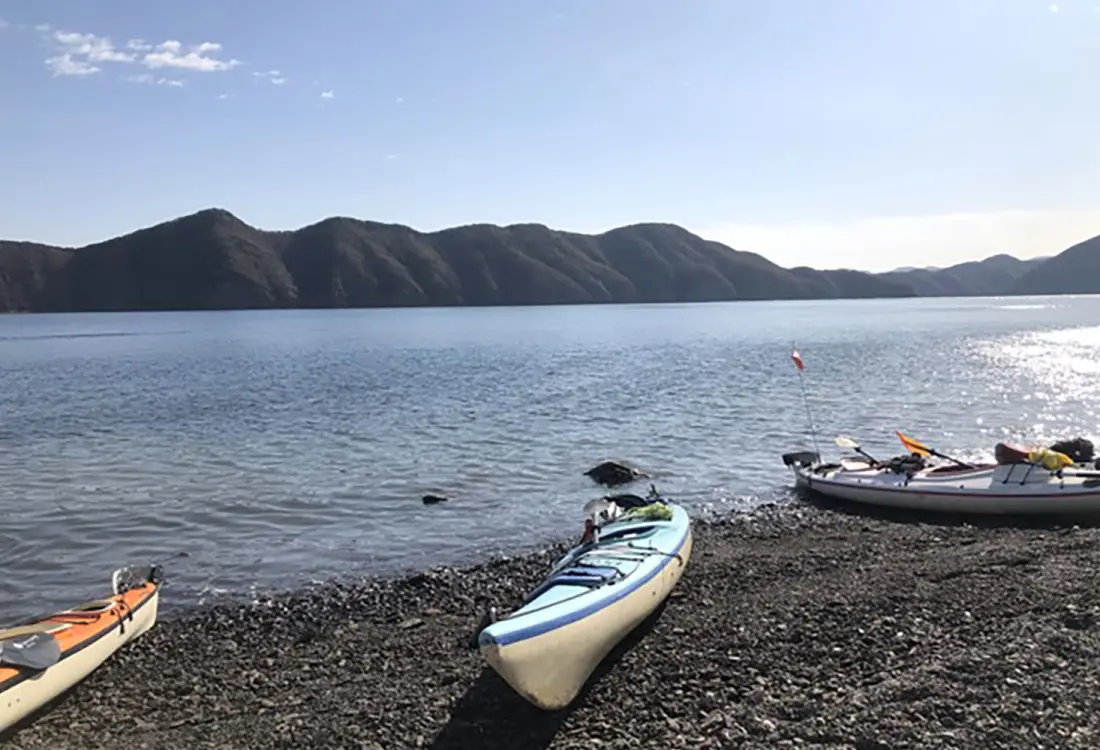
Trekking, Kayaking: Trace the origins of the Japanese people on Tsushima, the island where the continent and Japan meet
Tsushima is located between Kyushu and the Korean Peninsula, about 140km from Kyushu on the Japanese mainland and 50km from the Korean Peninsula on the Eurasian continent, and it is the 10th largest island in Japan. In ancient times, the Japanese archipelago and the continent were connected by land, but sea-level rise created an ocean between the islands and the continent, which repeatedly rose and fell, resulting in the complex topography of the Rias coastline. The total length of the island's coastline is over 900km, and its complex coastline, especially in Asou Bay, offers a spectacular view of the untouched natural landscape.
Because Tsushima is neither near nor far from either the continent or Japan, its flora and fauna include a mix of continental species and mainland Japanese species, and it is also interesting to note that there are species endemic to Tsushima.
Tsushima, because of its location, was a strategic point of transportation between the continent and Japan. Various cultures from the continent were introduced to Japan through Tsushima and formed the Japanese culture. It is no exaggeration to say that without Tsushima, today’s Japan would not exist. This course is designed to introduce visitors to the nature of Tsushima and the lives and history of the people who live there, through activities.
●Area: Tsushima, Nagasaki Pref.
●Main Activity:
Kayaking in Asou Bay in the middle of Tsushima
●Difficulty: 4
●3 nights, 4 days
●Accommodation:
Day 1: Tsushima Area (1 night with 2 meals)
Day 2: Tsushima Area (1 night with breakfast)
Day 3: Tsushima Area (1 night with breakfast)
●Guide: A guide from Tsushima Satoyama Keieijuku
●PAX: Minimum 4/ Maximum 6
●Price: JPY 314,000-
・Harvesting the raw materials for washi (handmade Japanese paper), processing and experiencing washi-making
・Trekking up holy Mt. Shira-take, the symbol of Tsushima and the center of faith
・Sea kayaking across Asou Bay to Watazumi Shrine while looking up at Mt. Shira-take
・Making good luck charms with the washi you made on the first day
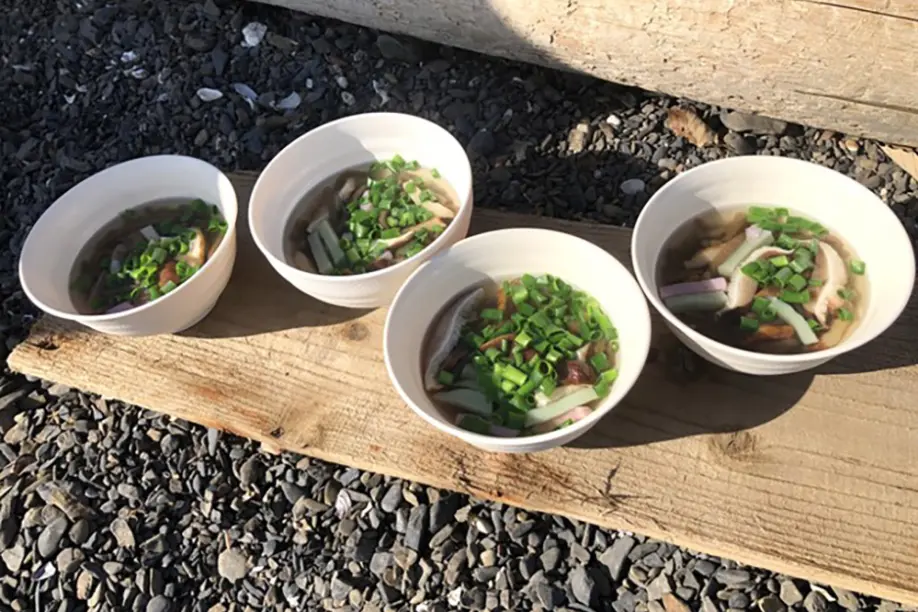
The trip begins at Tsushima Airport, the gateway to the island. In a private car, you will be given an overview of the trip and an explanation of the topography, characteristics, and history of Tsushima. After that, you will be taken to a Buddhist temple called Banshoin, which tells the history of exchange with the continent, information which is indispensable when talking about Tsushima. You will listen to the historical stories that have been formed on this remote border island. Before visiting Banshoin Temple, you will play a message game to experience the hardships of Tsushima.
After the historical visit, you will move north on the island and cross the bridge over the Manzeki Canal. This is a canal that was built by humans to overcome the problem of the inability to use boats to travel between the east and west sides of the island. You will stay at a private farmhouse and experience making “rokube”, a traditional Tsushima dish. All transportation on this day is by private car. There will be no more activities on this day.
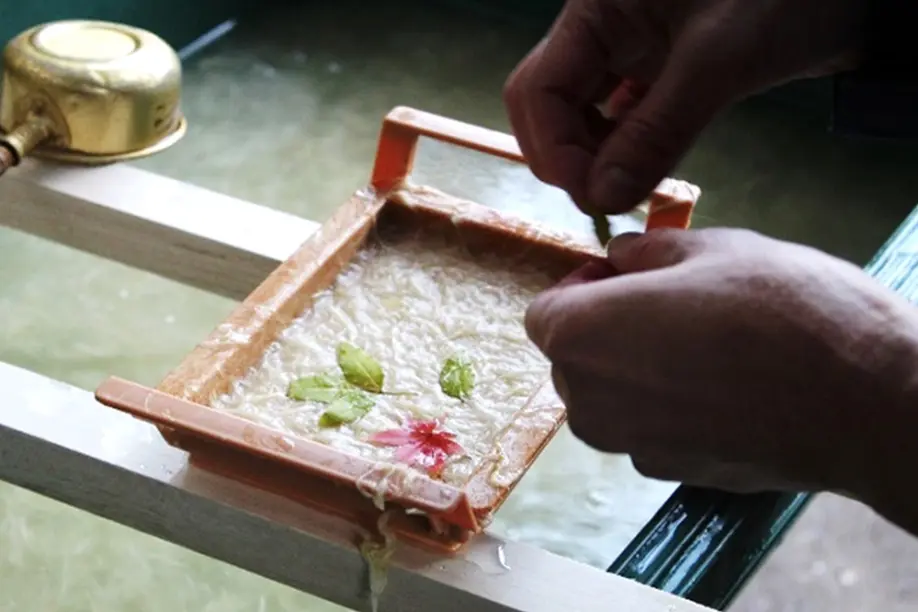
Many ancient forms of Japanese religious beliefs remain in Tsushima. You will visit one of them, the Watazumi Shrine, and feel the relationship between the Japanese people, nature, and the deities in the clear morning air. Afterwards, you will stop at the Mt. Eboshi-dake Observatory, located in the center of the island, to see the panoramic view from a high vantage point. You will see how the coastline is very intricate. You will be able to glimpse, here-and-there, the wisdom of the islanders who made the most of this topography, and you will be able to visualize the natural landscape of Tsushima and the lifestyle of the islanders.
Next, you will stop by the Watazumi-no-miko Shrine to listen to a lecture by a priest on the traditional method of paper making, and actually make paper. You will learn how difficult and precious it is to make paper. All transportation on this day is by private car. There will be no more activities on this day.
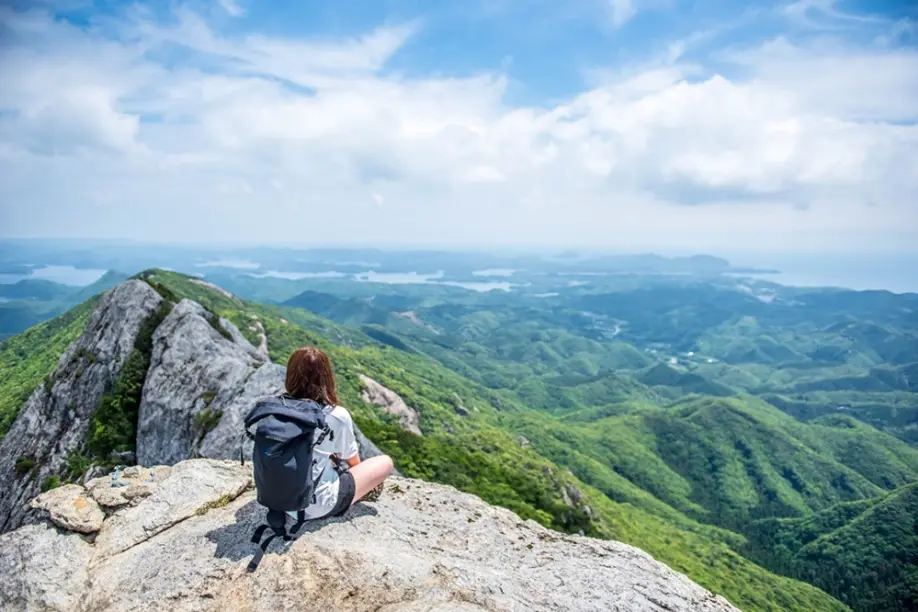
On this day, you will be trekking. You will climb a 518-meter-high mountain called Shira-take. The top of the mountain is exposed quartzite rock, a symbol of the white shining island, and has been cherished as a sacred mountain by the islanders since it was used as a landmark for navigation and fishing. From the top of this white mountain, you can enjoy a 360-degree view of the landscape. Of course, you can also see the wonderful sea of Asou Bay where you will kayak the next day.
After descending the mountain, you will stop by Kawachi Brewery, the only sake and liquor brewery in Tsushima. You can also taste sake made with water nurtured by Mt. Shira-take. The name of the sake made here is "Shiratake".
Afterwards, you will have a chance to try on a traditional Korean Hanbok or Japanese Yukata at "Tsushima STORY". While dressed in traditional costumes, you will depart on a guided walking tour of the town, touching on the connection between Tsushima and Korea. The activity of the day is about 6.8km of trekking, with an elevation gain of about 450m, and a duration of about 3.5 hours.
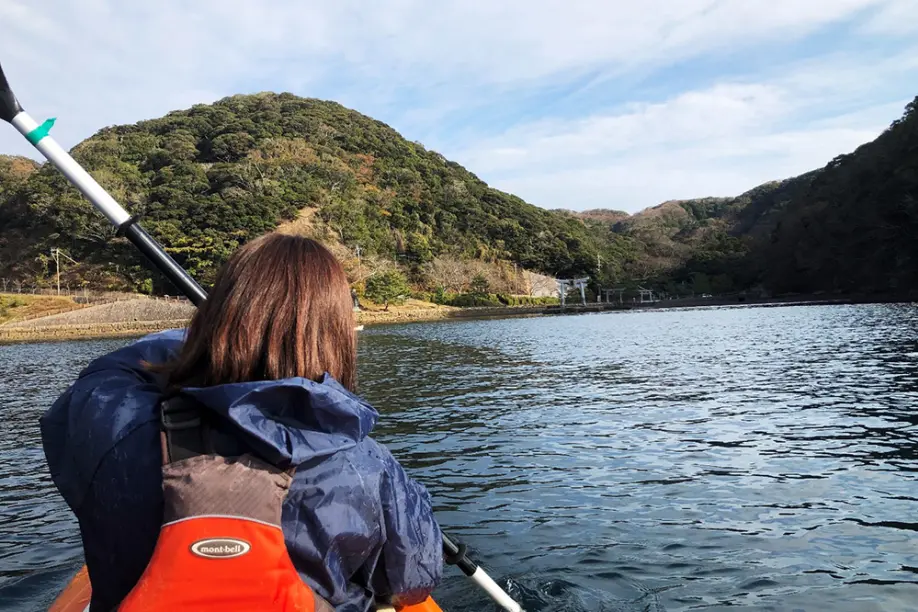
On the last day, you will be transferred by private car to the starting point "Mikata-ura" and kayak across the Asou Bay from there. You will cross the intricate bay on your own. The scenery, which is completely devoid of man-made structures, is breathtaking. On the way, you will land on some uninhabited islands and enjoy a packed lunch. The goal of the tour is to visit Watazumi Shrine, which you visited on the first day, when you made your own washi paper. Using this washi, you will make a "good-luck charm bag". It will be a great memory of your trip.
You will move to Tsushima Airport by private car. This is the end of the trip. The activity of the day is kayaking about 13km (about 4 hours).
Contact
・Tsushima Satoyama Keieijuku
・Address: 307 Kamiagatamachi Shitaru, Tsushima-shi, Nagasaki-ken 817-1533 Japan
・Tel: +81-920-85-1755
・ https://www.satoyama-keieijuku.com/
Book your perfect stay in Kyushu with thousands of properties to choose from
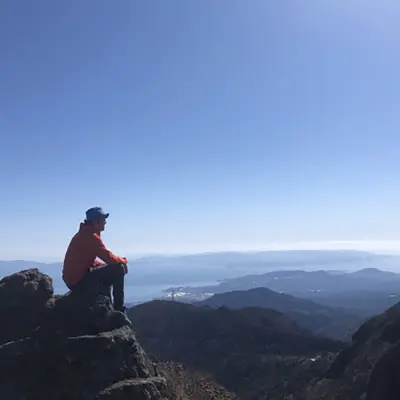 Trekking,Cycling:UNZEN VOLCANO STORY ~SKY・SEA・EARTH~
Trekking,Cycling:UNZEN VOLCANO STORY ~SKY・SEA・EARTH~ Cycling, Trekking: A story of blessings and threats given by the river - Nakatsu, Yamakuni River
Cycling, Trekking: A story of blessings and threats given by the river - Nakatsu, Yamakuni River Cycling, Trekking: Experience a lifestyle that hasn’t changed for a thousand years. Kunisaki Peninsula, where history is accumulating.
Cycling, Trekking: Experience a lifestyle that hasn’t changed for a thousand years. Kunisaki Peninsula, where history is accumulating. Trekking, Shower Climbing: A journey with Masa to feel the harmony of nature
Trekking, Shower Climbing: A journey with Masa to feel the harmony of nature Trekking, Cycling: A journey into the nature and culture of Hirado, the island where the Samurai first encountered Western culture
Trekking, Cycling: A journey into the nature and culture of Hirado, the island where the Samurai first encountered Western culture Cycling,Trekking:Explore the life around Kyushu's majestic volcano by foot and e-bike
Cycling,Trekking:Explore the life around Kyushu's majestic volcano by foot and e-bike Kayakking,Cycling:A journey to experience the rich climate and lifestyle of the World Natural Heritage Site Amami-Oshima, nurtured by the "Kuro-shio″
Kayakking,Cycling:A journey to experience the rich climate and lifestyle of the World Natural Heritage Site Amami-Oshima, nurtured by the "Kuro-shio″  Trekking:A journey to visit the tracks carved by water and time on the land created by the great pyroclastic flows
Trekking:A journey to visit the tracks carved by water and time on the land created by the great pyroclastic flows 






